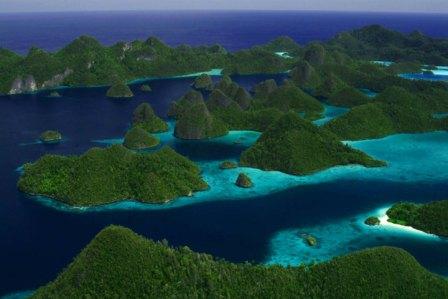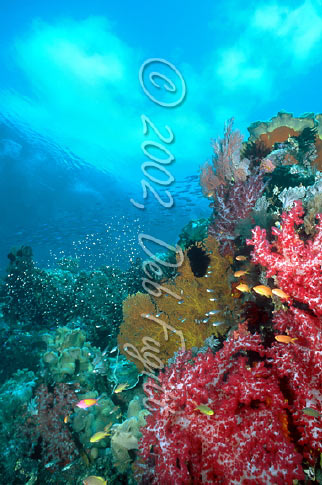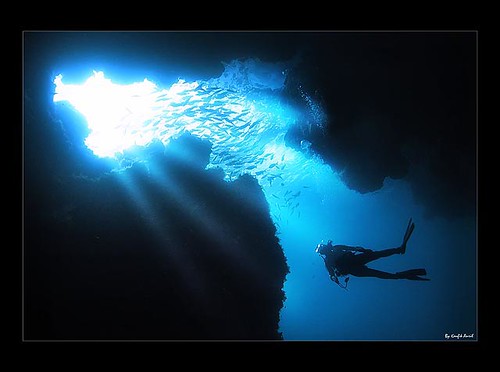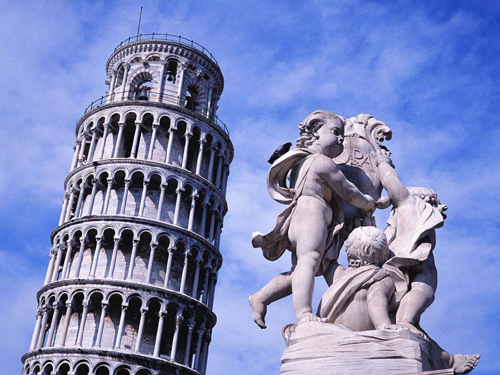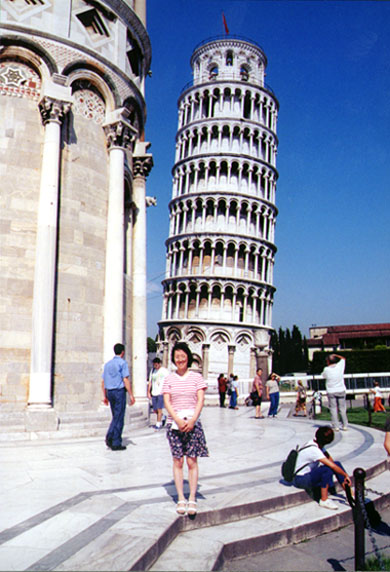Raja Ampat Islands : The Best Diving Place In The World
>> Friday, July 31, 2009
Located off the northwest tip of Bird's Head Peninsula on the island of New Guinea, Raja Ampat, or the Four Kings, is an archipelago comprising over 1,500 small islands, cays and shoals surrounding the four main islands of Misool, Salawati, Batanta and Waigeo. It encompasses more than 9.8 million acres (40,000 km²) of land and sea, which also contains Cenderawasih Bay, the largest marine national park in Indonesia. It is a part of the newly named West Papua (province) of Indonesia which was formerly Irian Jaya.
According to Conservation International, marine surveys suggest that the marine life diversity in the Raja Ampat area is the highest recorded on Earth. Diversity is considerably greater than any other area sampled in the Coral Triangle composed of Indonesia, Philippines and Papua New Guinea. The Coral Triangle is the heart of the world's coral reef biodiversity, making Raja Ampat quite possibly the richest coral reef ecosystems in the world.
The area's massive coral colonies along with relatively high sea surface temperatures, also suggest that its reefs may be relatively resistant to threats like coral bleaching and coral disease, which now jeopardise the survival of other coral ecosystems around the world. The Raja Ampat islands are remote and relatively undisturbed by humans.
The high marine diversity in Raja Ampat is strongly influenced by its position between the Indian and Pacific Oceans, as coral and fish larvae are more easily shared between the two oceans. Raja Ampat's coral diversity, resilience, and role as a source for larval dispersal make it a global priority for marine protection.
Over 1,070 fish species, 537 coral species (a remarkable 96% of all scleratinia recorded from Indonesia are likely to occur in these islands), and 699 mollusc species, the variety of marine life is staggering.[citation needed] Some areas boast enormous schools of fish and regular sightings of sharks, such as wobbegongs.
Source : Wikipedia.com Read more...
